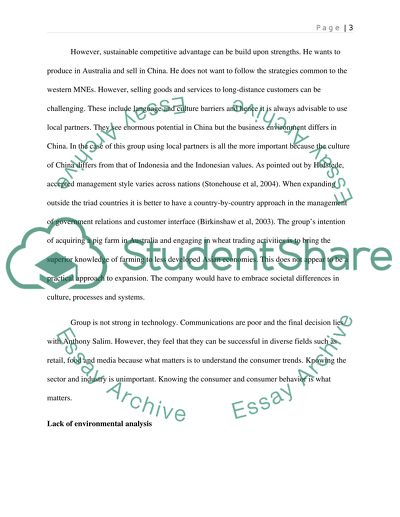Cite this document
(“International Business Strategy for master degree Assignment”, n.d.)
Retrieved from https://studentshare.org/other/1424074-international-business-strategy-for-master-degree
Retrieved from https://studentshare.org/other/1424074-international-business-strategy-for-master-degree
(International Business Strategy for Master Degree Assignment)
https://studentshare.org/other/1424074-international-business-strategy-for-master-degree.
https://studentshare.org/other/1424074-international-business-strategy-for-master-degree.
“International Business Strategy for Master Degree Assignment”, n.d. https://studentshare.org/other/1424074-international-business-strategy-for-master-degree.


